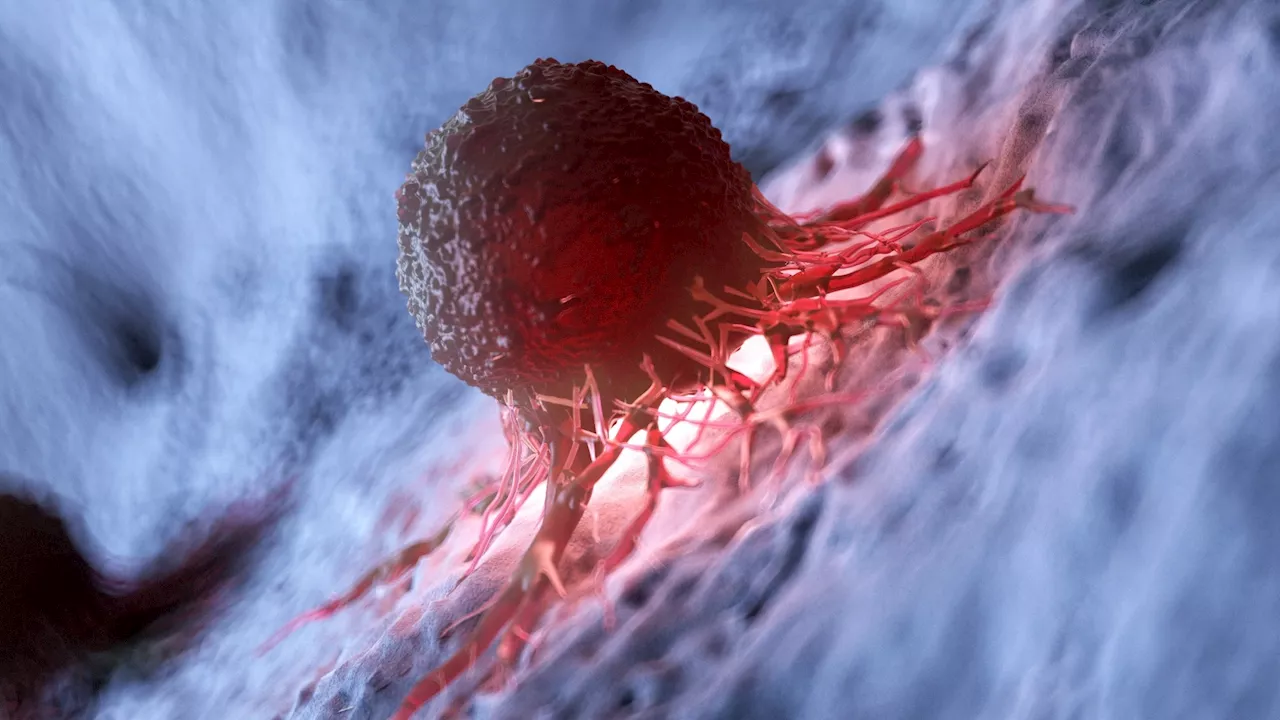A recent study published in Nature Communications demonstrates the use of cellulose nanofiber sheets to analyze the geographical heterogeneity of extracellular vesicles (EVs) through spatial exosome analysis. EVs play a crucial role in intercellular communication, and understanding their subpopulations is important for various physiological processes.
In a recent study published in the journal Nature Communications, researchers use cellulose nanofiber (CNF) sheets to show extracellular vesicle (EV) geographical heterogeneity by spatial exosome analysis . All live cells release EVs, which are crucial in intercellular communication. The biological properties of EVs may reflect their function, origin, and biogenesis, thus resulting in a wide range of EVs produced in physiological fluids .
Understanding EV subpopulations is critical; however, true heterogeneity is unattainable due to EVs continually moving in physiological fluids. For example, abdominal cavity tumors, such as those present in gastrointestinal and gynecological cancers, may lead to the accumulation of malignant ascites in these individuals
Cellulose Nanofiber Extracellular Vesicles Evs Spatial Exosome Analysis Intercellular Communication Physiological Fluids
日本 最新ニュース, 日本 見出し
Similar News:他のニュース ソースから収集した、これに似たニュース記事を読むこともできます。
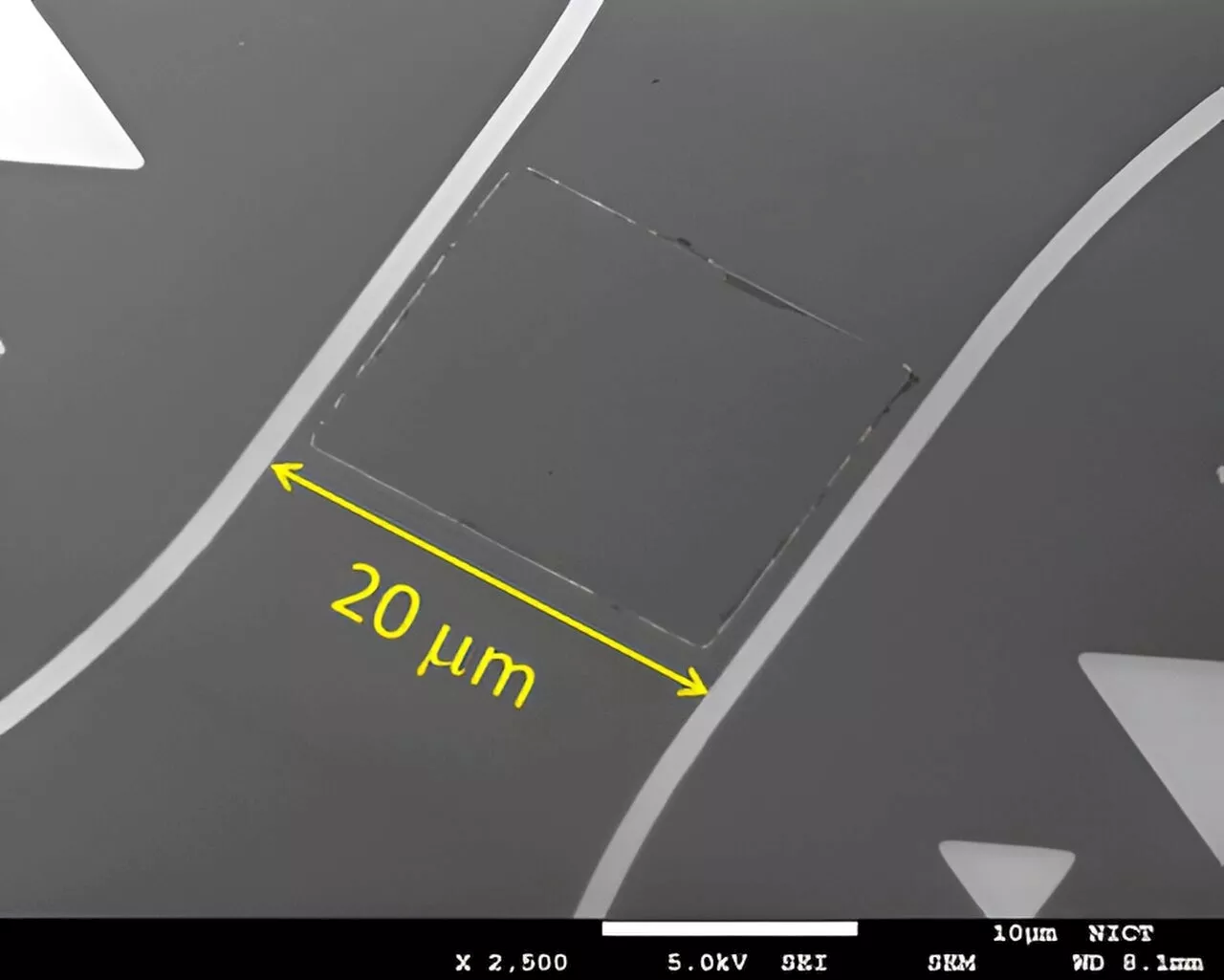 Researchers Develop World's First Superconducting Wide-Strip Photon DetectorResearchers from the National Institute of Information and Communications Technology developed the world’s first Superconducting Wide-Strip Photon Detector (SWSPD) by inventing an innovative structure in a superconducting strip photon detector that facilitates extremely accurate photon detection even with a wide strip.
Researchers Develop World's First Superconducting Wide-Strip Photon DetectorResearchers from the National Institute of Information and Communications Technology developed the world’s first Superconducting Wide-Strip Photon Detector (SWSPD) by inventing an innovative structure in a superconducting strip photon detector that facilitates extremely accurate photon detection even with a wide strip.
続きを読む »
 Researchers identify key factors involved in DNA repair mechanismResearchers from Tokyo Metropolitan University have identified key factors in the mechanism behind DNA repair in our bodies.
Researchers identify key factors involved in DNA repair mechanismResearchers from Tokyo Metropolitan University have identified key factors in the mechanism behind DNA repair in our bodies.
続きを読む »
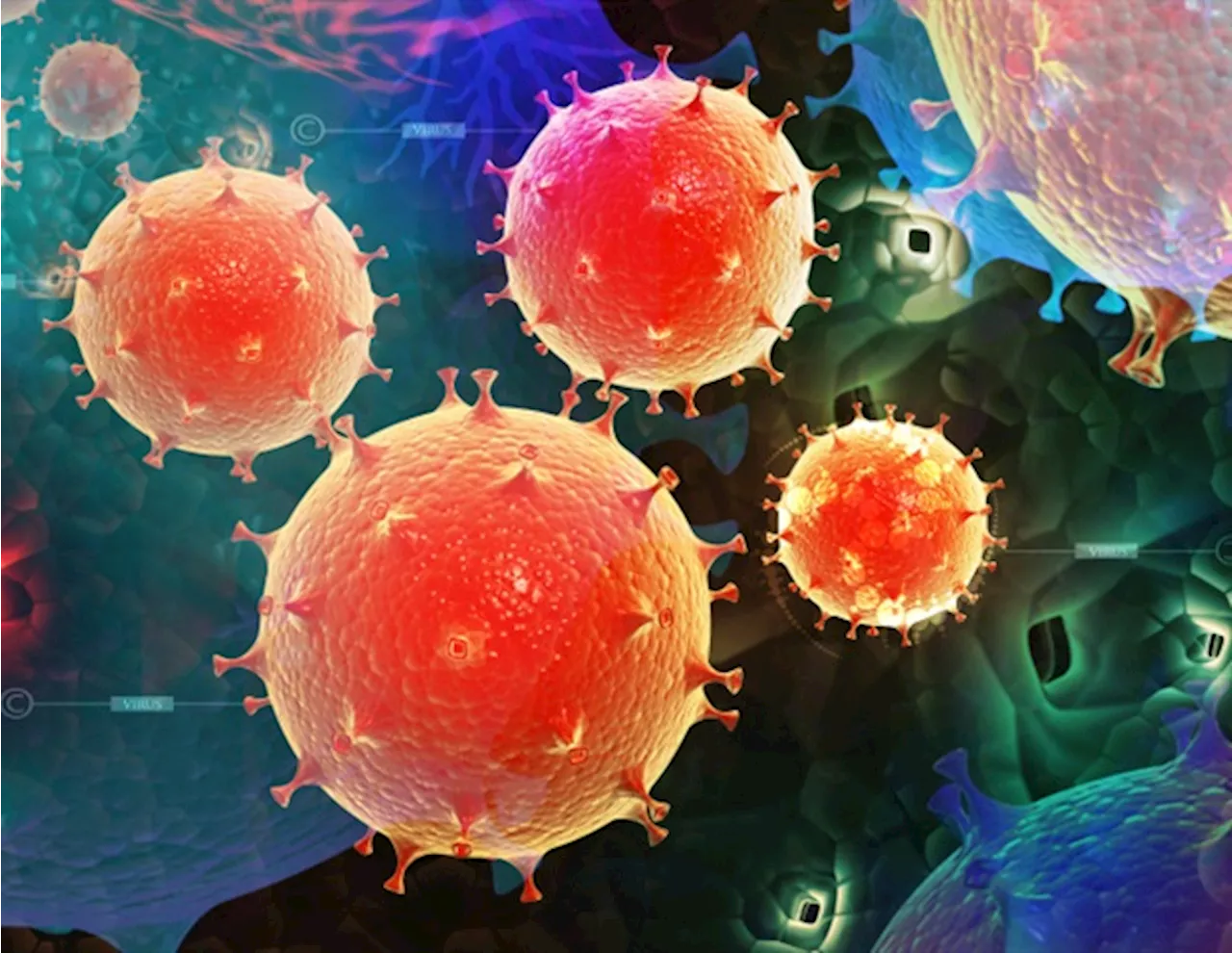 UCI researchers discover gene critical for muscle repairUniversity of California, Irvine researchers have identified a gene expressed during regeneration that is critical for muscle repair.
UCI researchers discover gene critical for muscle repairUniversity of California, Irvine researchers have identified a gene expressed during regeneration that is critical for muscle repair.
続きを読む »
 Researchers identify specific genes, brain regions, and cognitive features associated with depressionIn studies that examine the depressed brain, researchers were able to identify specific genes, molecules, brain regions, and cognitive features that are associated with the disorder.
Researchers identify specific genes, brain regions, and cognitive features associated with depressionIn studies that examine the depressed brain, researchers were able to identify specific genes, molecules, brain regions, and cognitive features that are associated with the disorder.
続きを読む »
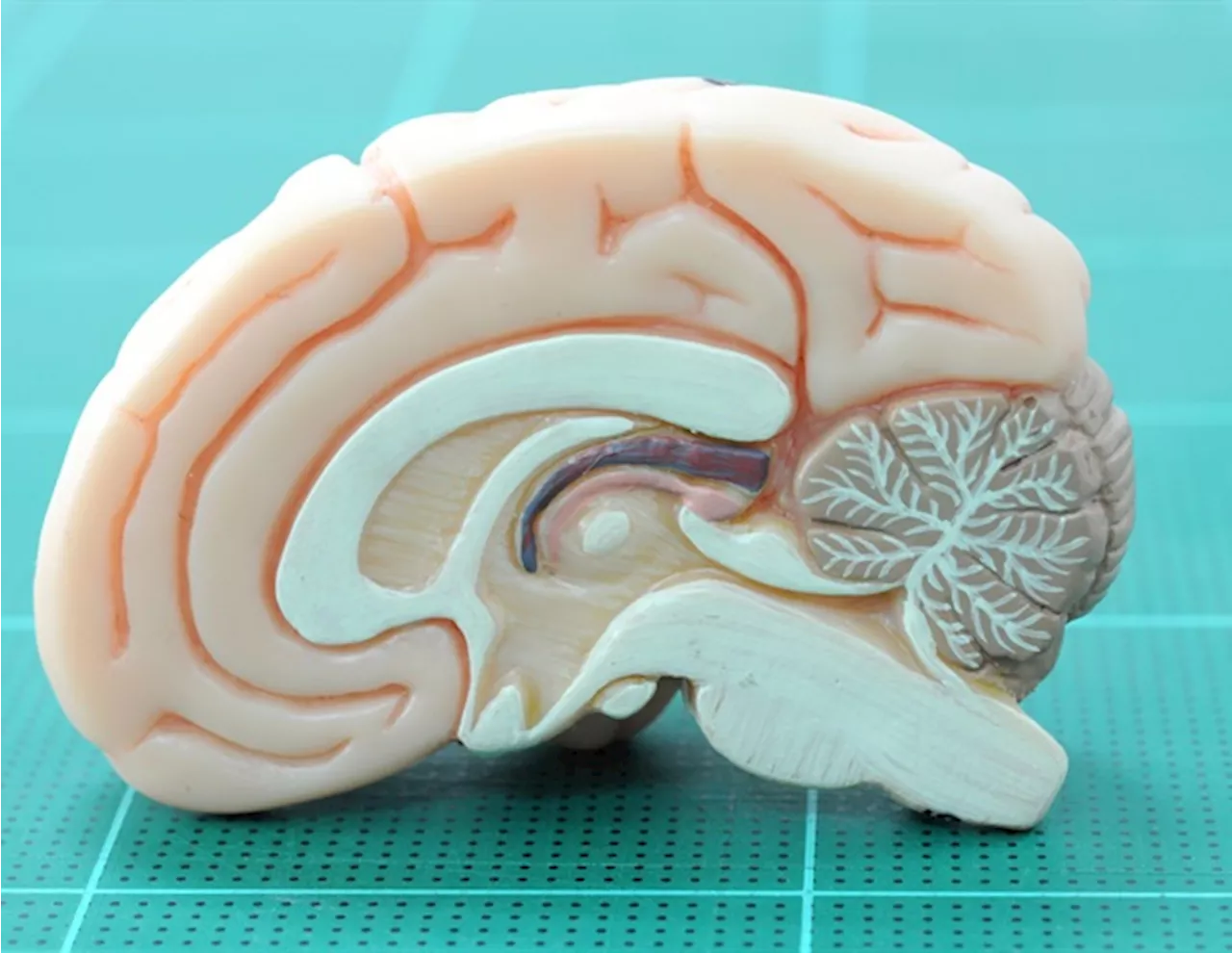 Transforming brain research with AI and machine learningUsing machine learning, researchers are able to use data from the brain to glean deeper insights and apply this new knowledge in clinical settings.
Transforming brain research with AI and machine learningUsing machine learning, researchers are able to use data from the brain to glean deeper insights and apply this new knowledge in clinical settings.
続きを読む »
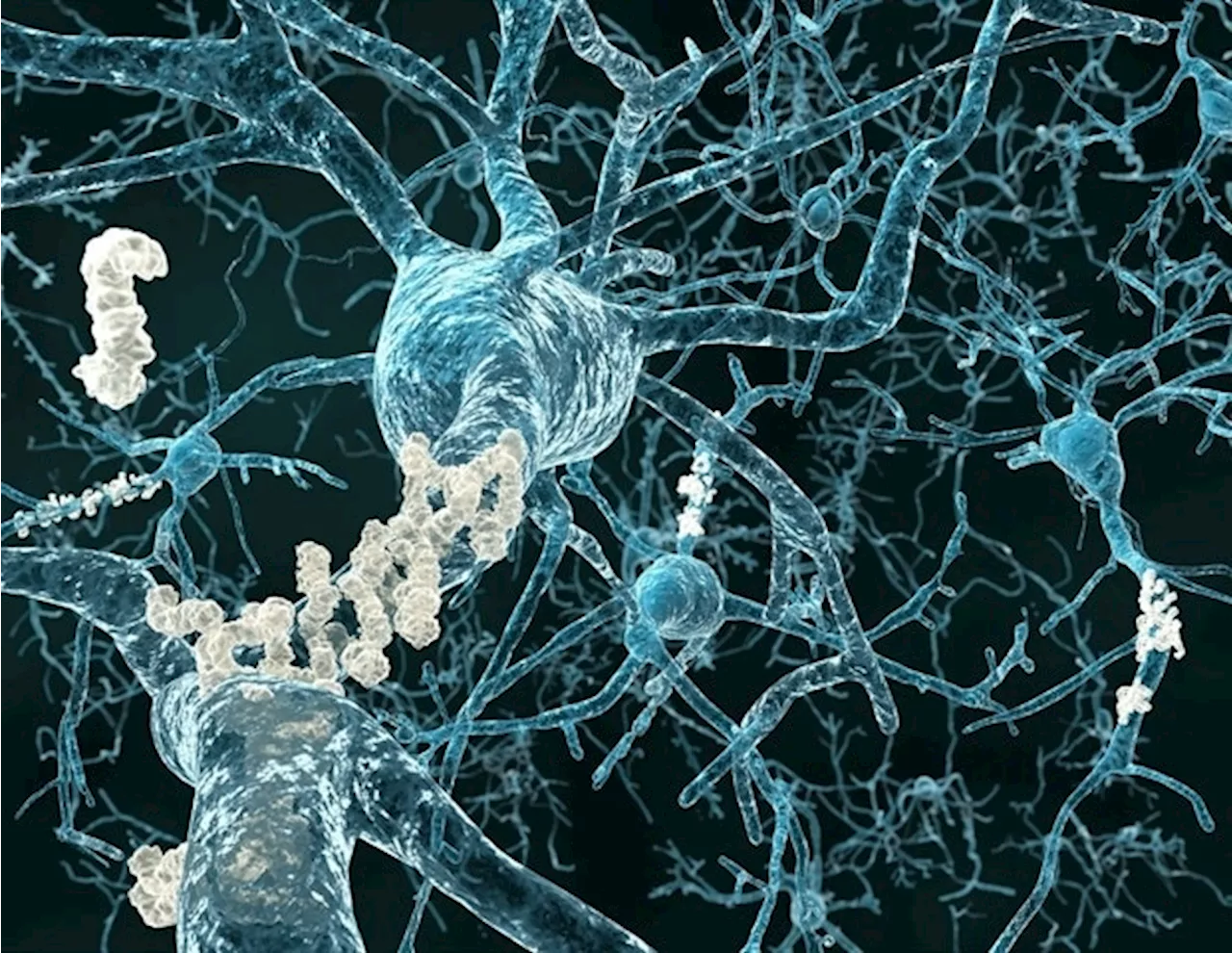 Advances in understanding and detecting Alzheimer's diseaseResearchers are making strides toward understanding and detecting Alzheimer's disease in its earliest stages, when interventions may be most effective at slowing the progress of the disease.
Advances in understanding and detecting Alzheimer's diseaseResearchers are making strides toward understanding and detecting Alzheimer's disease in its earliest stages, when interventions may be most effective at slowing the progress of the disease.
続きを読む »
